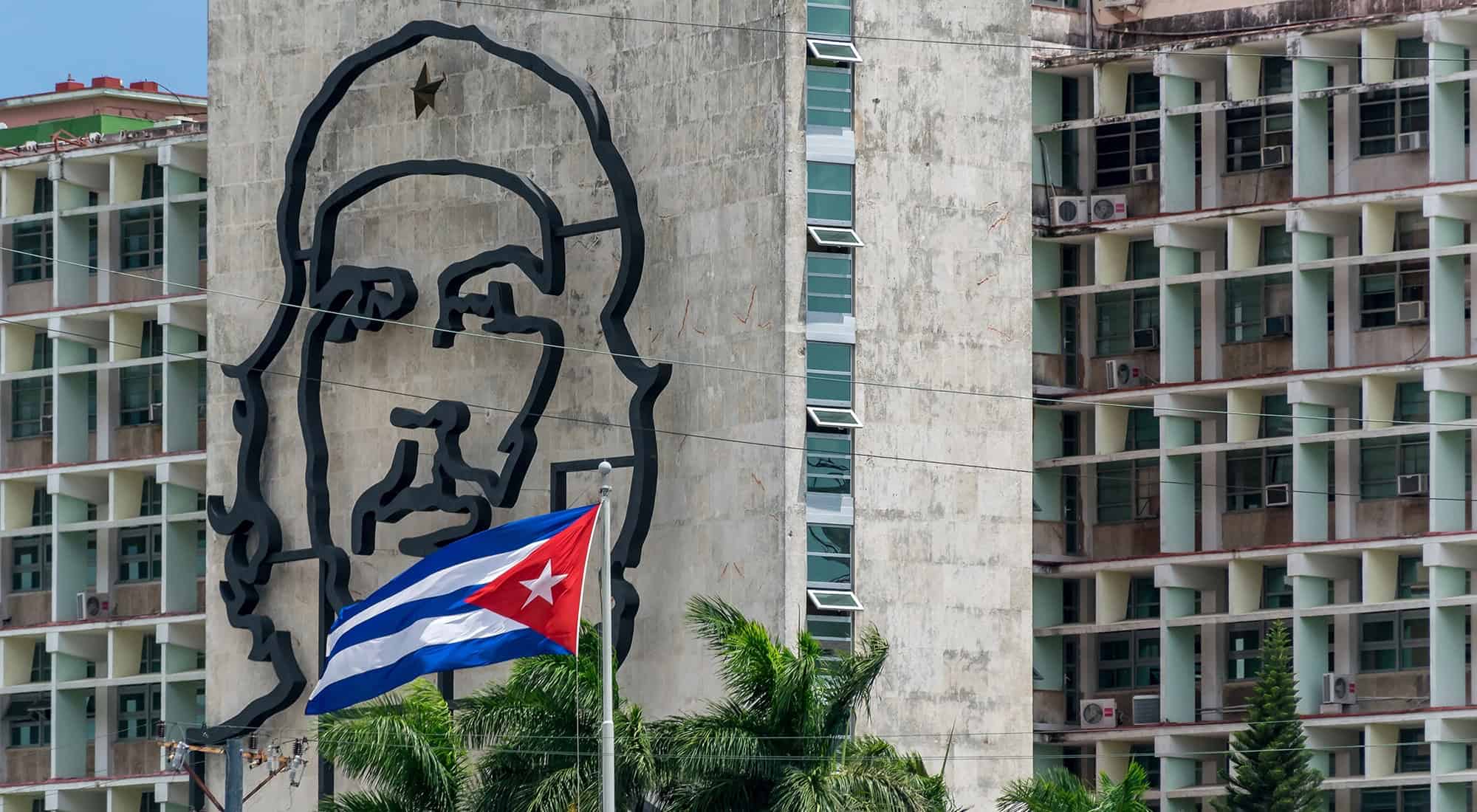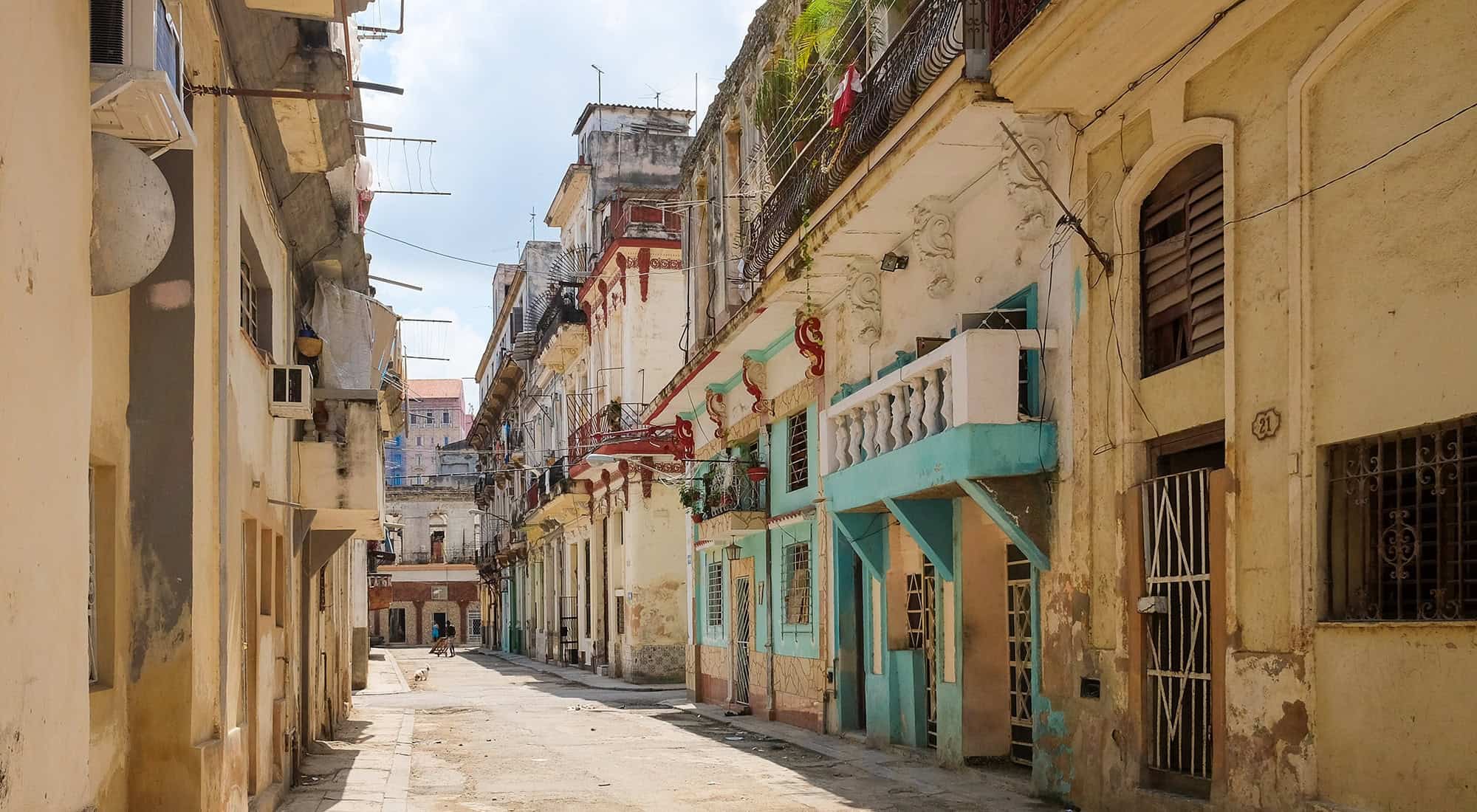Alberto Díaz Gutiérrez (1928-2001) was the son of a railway worker and tried a variety of jobs before turning to photography as a way of meeting beautiful women. The scheme worked; he established himself as a fashion photographer and married one of Cuba’s most beautiful models. He took the name ‘Korda’ because he thought it sounded like Kodak and set up a studio in Havana where he lived the lifestyle of the successful and famous.
The 1959 Revolution changed his world completely and he became converted to the cause after a photographic expedition into the countryside that year. He saw at first hand the grinding poverty of the peasants and the inequality caused by the dictatorship. Instead of fashion pictures for Vogue, he took photos of the new leadership, which he sold to the newspaper, Revolución. He followed Castro, Che and their entourage around the country giving speeches and holding rallies or joining workers in the sugar harvest. On one of these occasions he took the photo of Che which was to make him world famous and convert the Argentine into an icon to inspire student revolutionaries for a generation. The occasion was the funeral in 1960 of 100 dock workers who were killed when a French freighter loaded with arms exploded in Havana harbour. Interpreted as a CIA-backed terrorist attack, the Cubans were furious and grief stricken at the funeral and Che’s expression reflects the mix of emotions he felt as he surveyed the crowd before taking his leave. Korda’s photo was rejected by Revolución, but it was precious enough to him to hang it on the wall of his studio for years.
In 1967, Korda received a visit from the Italian publisher, Giangiacomo Feltrinelli, to whom he gave a print of the photo as a present. The matter might have rested there if Che had not been killed in Bolivia a few weeks later. A Ministry of the Interior official discovered the photo and hung a huge version of it on the building overlooking the Plaza de la Revolución where it served as a backdrop for Castro when he paid homage to his friend and colleague. Images of the event were screened on televisions all round the world and Feltrinelli realised what could be done with such a powerful picture. Without permission and without paying Korda a cent, Feltrinelli printed millions of posters of the photo which later adorned student rooms and were carried in demonstrations in Europe and Mexico in the late 1960s. This single image of Che has been used on posters, T-shirts, hats, books, cards and any number of other items to reinforce revolutionary thought or just to sell goods with the aid of a beautiful young man with a stern but wistful gaze. In December 1999 an exhibition in Paris called ‘100 Photographs of the Century’ had Korda’s photo of Che on the cover of the catalogue, in recognition of its impact.

For 20 years Korda did nothing about his copyright and received no royalties. It was only in 1998 when Smirnoff advertised a vodka with the picture of Che and the slogan ‘Hot and Fiery’ that he decided to take action. Incensed that Che should be used to advertise alcohol when he didn’t even drink, Korda took the advertising and picture agencies to court and won. When damages were paid in 2000 he donated them to the Cuban health service to buy medicines for Cuban children, as he believed Che would have done. He died of a heart attack in Paris while attending an exhibition of his work and was buried in Havana. Despite a huge photographic legacy including an underwater record of Cuba as well as fashion and news photos, it is for the single photo of Che Guevara that he will always be known.










